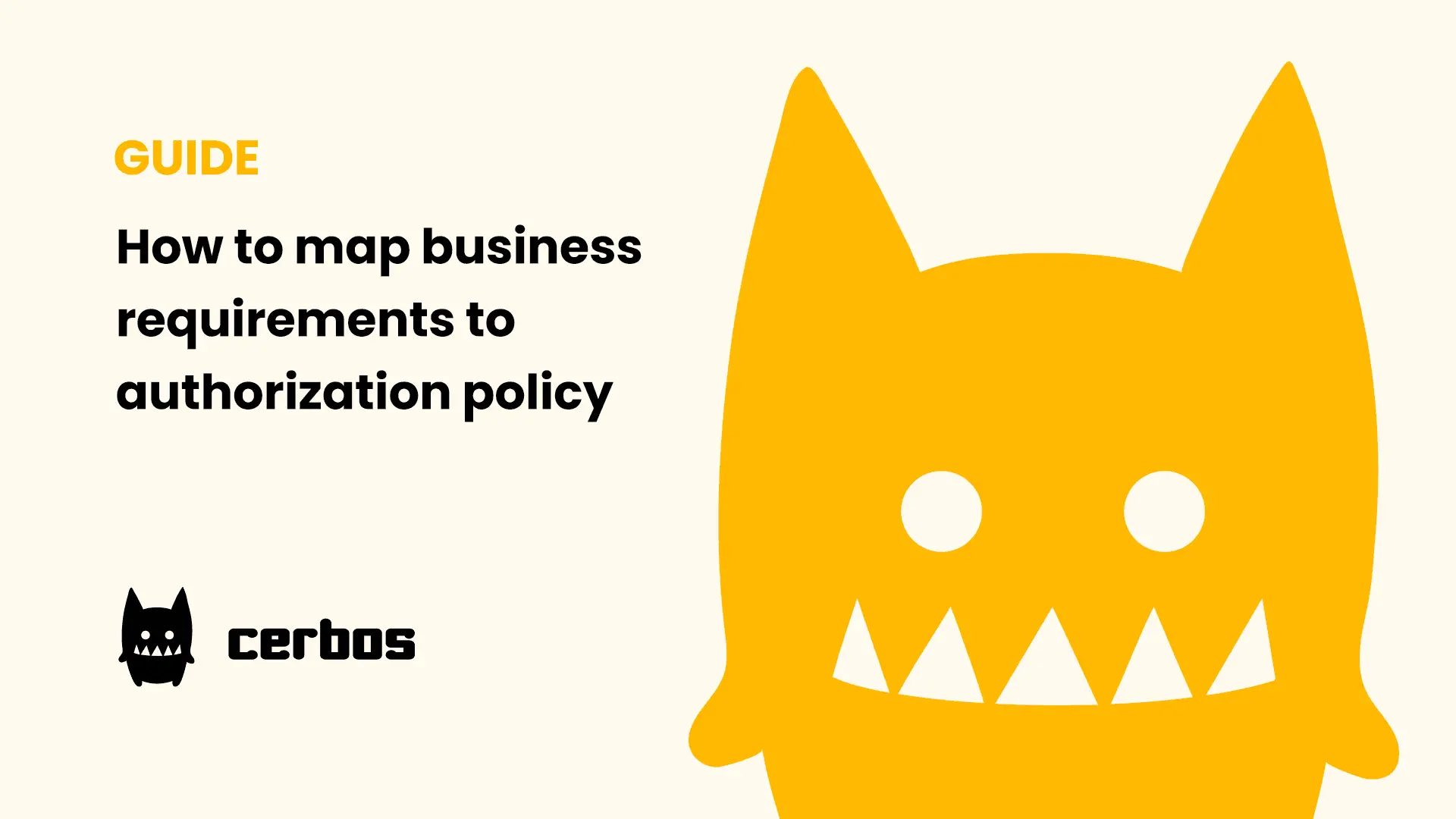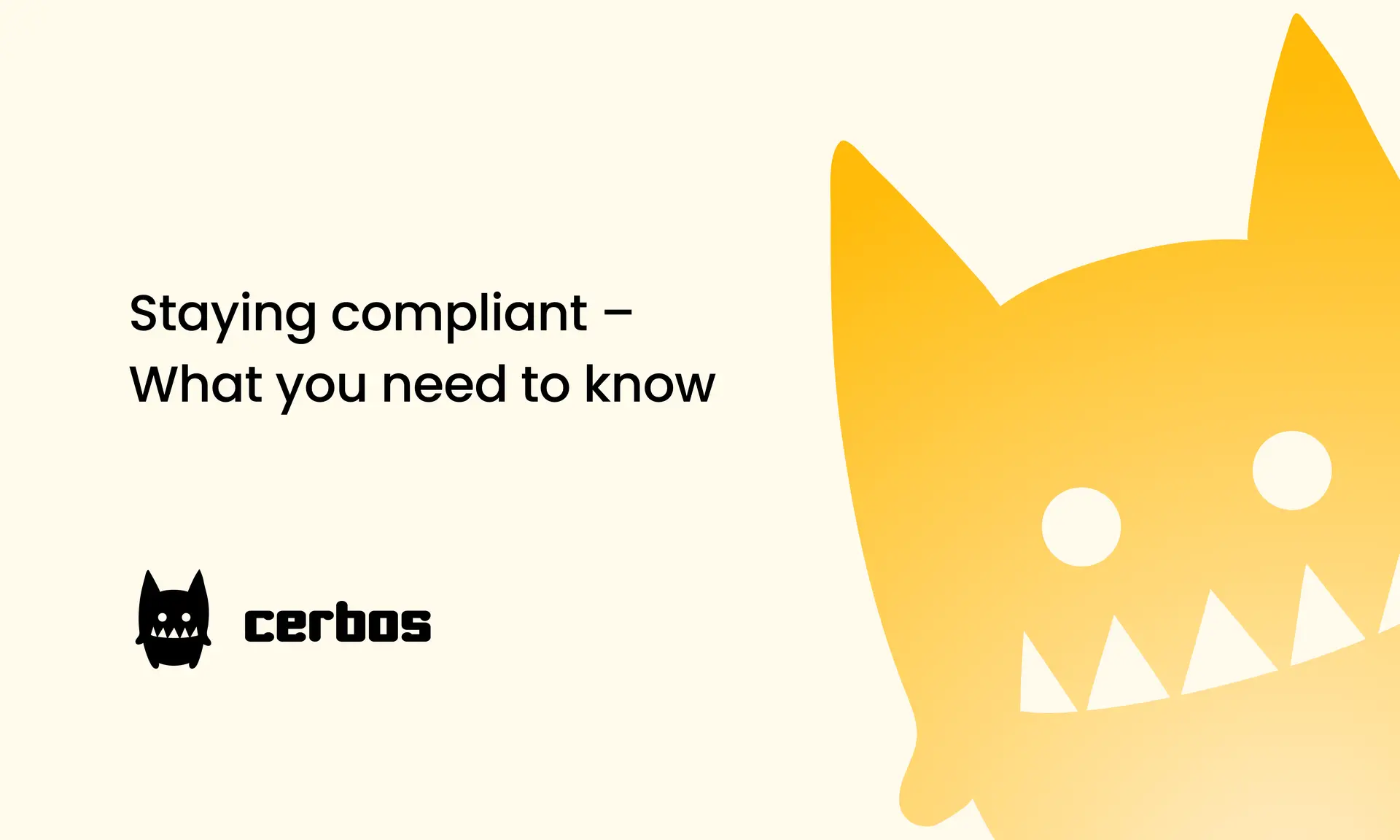What is zero trust authorization?
Traditional security models, which rely on perimeter-based defenses, have proven to be quite inadequate in the face of sophisticated attacks and the growing adoption of cloud computing and remote work. This shift has given rise to an altogether new approach to security: zero trust authorization.
What is zero trust authorization?
The zero trust authorization (ZTA) philosophy represents a seismic shift in cybersecurity, challenging the age-old practice of inherent trust within network boundaries. Instead, it is founded on 3 core principles:
-
Never trust, always verify: The ZTA model presumes that no entity—be it a user, device, or software—warrants automatic confidence, irrespective of their physical position or historical clearance levels. Each request for entry must undergo scrutiny.
-
Assume breach: Acknowledge that breaches are inevitable and design security controls to minimize their impact.
-
Least privileged access: Allocate the absolute minimum necessary permissions to users and applications, allowing them to execute only their designated functions
Traditional models have largely relied on one-time authentication at the perimeter and granted broad network access to authenticated users. In contrast, zero trust authorization regularly verifies the identity and permissions of users and devices, and grants access to resources based on granular, policy-based controls. To that end, it relies on several key components:
-
Strong authentication and identity management such as multi-factor authentication (MFA) is widely used to verify the identity of users and devices before granting access to resources.
-
Micro-segmentation complements this by dividing the network into smaller, isolated segments, in a bid to limit the lateral movement of attackers and reduce the impact of a breach.
-
Continuous monitoring and analytics can be leveraged to detect and respond to threats instantaneously.
-
Finally, access to resources can be granted using atomic, context-aware policies based on models like:
-
Relationship-Based Access Control (ReBAC), or
These models factor in key vectors such as user identity, device health, and application requirements to make informed access decisions.
Why ZTA was developed
The traditional perimeter-based security model has long been the standard for protecting corporate networks. However, the rise of cloud computing, remote work, and the growing sophistication of cyber threats have exposed the inadequacies of relying solely on these defenses.
The previous model's inherent trust in users and devices within the network made it particularly vulnerable to insider threats and compromised accounts. And without granular control and visibility, organizations may find themselves at a heightened risk of data breaches and intellectual property theft, as malicious actors can operate undetected within the trusted network.
This challenge was further compounded by the blurring of network boundaries, which made securing remote access and cloud-based resources increasingly difficult. While traditional VPNs and firewalls remain necessary, they may not be sufficient to defend against sophisticated threats that can circumvent perimeter defenses and exploit weaknesses in remote access systems.
Implementing ZTA
ZTA implementation is one of those journeys that requires careful planning, execution, and continuous improvement. Broadly speaking, here's what's needed to reap the benefits of this perimeter-less security model:
1. Identify and assess
First of all, identify what needs protecting, and then conduct a comprehensive assessment of all the sensitive data, critical assets, and workflows. You'll have to map out the entire network architecture, triangulate vulnerabilities, and as you get into the thick of it, prioritize the resources that require the highest level of protection.
2. Design and implement
With the assessment complete, the next step is to architect a Zero Trust Network Access (ZTNA) framework that enforces the granular access control policies we discussed earlier. Here, we will segment the network into smaller, siloed zones, and define access policies that grant users and devices only the permissions necessary to perform their intended functions. Policy-based access control models come in handy here and we can rely on models such as RBAC, ABAC, or ReBAC to ensure that the principle of least privilege is applied consistently across the organization. To streamline the implementation process, developers can make use of Cerbos's Policy Decision Point (PDP) engine to easily integrate fine-grained access control into their applications.
3. Monitor and maintain
A successful ZTNA implementation will demand multiple iterations of refinement through continuous monitoring. To wit, organizations must regularly review and update their access policies to ensure that they remain aligned with evolving business requirements and security best practices. Everything from monitoring user and device activity, to analyzing security logs, and conducting regular audits to identify potential vulnerabilities or policy violations, etc is included here.
It's worth noting that these steps provide only a general blueprint and most organizations will need a more tailored approach to address their specific risks and requirements.
Advantages of ZTA
Zero trust authorization brings to the table several key advantages that help organizations strengthen their security posture and adapt to modern business requirements:
-
One of the most significant benefits is improved visibility and control over the entire network. ZTA empowers the security teams to detect and respond to potential threats in real time, and a centralized implementation of policy management ensures consistent and auditable access control across the organization, while behavioral analytics powered by machine learning helps to identify anomalous activities that may indicate a security breach.
-
ZTA also makes compliance with data protection regulations such as GDPR, HIPAA, and PCI-DSS a breeze through increased network visibility which makes dealing with vulnerabilities more effective.
-
Another advantage of ZTA is its increased agility and scalability. With a cloud-ready architecture that's platform-agnostic and API-driven, nearly everything on an existing infrastructure can be made to fall under the 'least privilege' umbrella.
-
Yet another key advantage is that going the ZTA route will reduce your reliance on traditional perimeter security measures like firewalls and VPNs. And consequently, you will reduce both costs and complexity associated with maintaining and updating legacy security systems.
Challenges and considerations while implementing ZTA
Even with all its many benefits, implementing ZTA comes with several hurdles:
-
Integrating ZTA with legacy systems can be costly and complex and often requires significant upgrades or workarounds to ensure compatibility and compliance.
-
We often find resistance to change across organizations at every level since devs are wary of changing functional systems. ZTA may be viewed as a hindrance to productivity and will necessitate clear communication and education (if not convincing) to the team from higher management.
-
Managing access policies across diverse users, devices, and applications demands extremely careful planning and continuous monitoring to balance security and usability, which can take a significant toll in some cases.
-
Developers may face increased complexity in balancing the integration of ZTA with performance since we can expect increased latency from all continuous authentication just as we can expect some additional friction in user experience for the same reason.
Parting thoughts
As we look to the future, all signs indicate the need for ZTA will only continue to grow, and organizations must adapt to evolving threats and embrace a finer, more context-aware approach to access control.
For developers, implementing ZTA can be daunting, especially since there's this need to balance security with scalability and agility. But Cerbos can go a long way to simplify the process. It offers a powerful solution that streamlines the integration of roles, permissions, and access control mechanisms, making it easier than ever to implement a true zero trust architecture.
Book a free Policy Workshop to discuss your requirements and get your first policy written by the Cerbos team
Recommended content

Mapping business requirements to authorization policy
eBook: Zero Trust for AI, securing MCP servers
Experiment, learn, and prototype with Cerbos Playground
eBook: How to adopt externalized authorization

Framework for evaluating authorization providers and solutions

Staying compliant – What you need to know
Subscribe to our newsletter
Join thousands of developers | Features and updates | 1x per month | No spam, just goodies.

